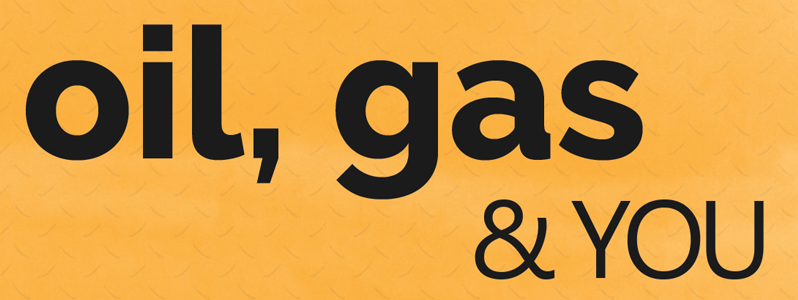LAST week, the Ministry of Natural Resources (MNR) signed a landmark three-year agreement with Maxar Technologies, a Colorado-based space technology company. This agreement will provide Guyana with cutting-edge, satellite-based environmental monitoring services for both offshore and terrestrial applications.
The Environmental Protection Agency (EPA) will be utilising Maxar’s Crow’s Nest products to support the country’s offshore petroleum monitoring via high-resolution optical satellites to identify and monitor the drilling vessels for regulatory compliance and safety. Maxar will also provide the Guyana Forestry Commission with monitoring for deforestation.
The deal is the latest sign of how seriously the government is taking its role as steward of Guyana’s environment, even as oil drilling progresses. EPA Executive Director Kemraj Parsram lauded the investment in world-class technologies as a sign of Guyana’s growing capacity to preserve the environment.
“The vision of the agency is to be a modern, effective regulator that leverages the latest technology and science to serve the people of Guyana. With the help of cutting-edge solutions…we are now able to overcome the limitations of limited manpower and resources,” Parsram explained.
With Guyana’s rapidly developing offshore oil and gas sector, the EPA has been tasked with maintaining global leadership on sustainability and environmental protection. Real-time environmental monitoring is just one of the many investments underway.
The EPA has already taken several steps to boost capacity while ensuring alignment with international standards. For example, in 2022, the budget that year for the EPA included some GY$100M in allocation for capital expenditure, with GY$74.1M of that money to be spent on digital environmental monitoring, and reporting and verification of the framework for offshore, petroleum, mining, and forestry activities.
By investing in sustainable practices in the oil and gas sector, Guyana is well positioned to be a leader in environmental monitoring. Earlier this month, it was announced that the Payara project will be utilising a floating production, storage and offloading (FPSO) vessel with a record sustainable design. Prosperity will be the second FPSO to operate offshore Guyana with this new design, with Liza Unity being the first.
Making FPSOs more sustainable includes the adoption of new or redesigned technologies, better methods to generate electricity to power onboard equipment, and regulated guidance on venting among other areas. The new vessels are expected to be more energy efficient and have lower air emissions than any other similar vessels operating around the world.
Additionally, this push towards more sustainability in Guyana is part of a longer strategy for the government. President Irfaan Ali shared his vision for how sustainability fits within Guyana’s future at a Wilson Center event in July 2022.
“We have a monitoring system that is of international standard. We have audits. So, the development part of Guyana is a part that reaches towards sustainability; is a part that is diversified. And that is why these forums are critically important for us – ensuring that the world and investors, people in academia and policy makers, understand the wide-ranging multi-faceted nature of development and the path of development we are taking to position Guyana as a sustainable story in our development phase,” the President related.
As Guyana develops its resources, the addition of Maxar’s technology will aid in monitoring and supporting the country’s unprecedented level of development in its oil and gas sector.
“Maxar’s geospatial data and analytics will help MNR protect the environment for future generations while also sustainably developing the extraction of Guyana’s natural resources for long-term economic gains,” said Minister of Natural Resources Vickram Bharrat.



.jpg)








